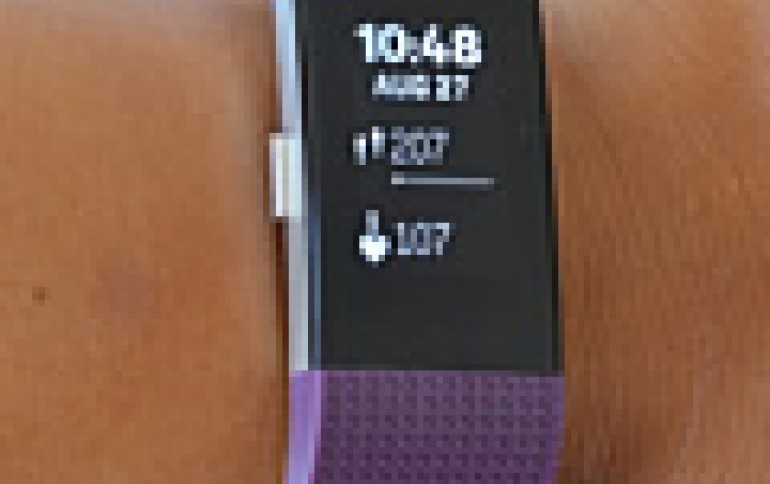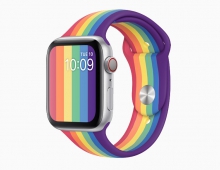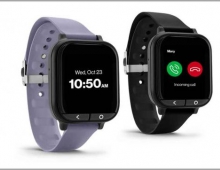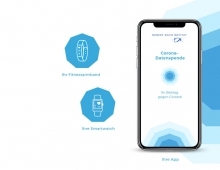
Fibit Remained Top Wearable Device Vendor in Q3
Simplicity is a driving factor, as basic wearables sell better than smartwatches. Fitbit was once again the market leader in 3Q16, followed by Xiaomi, Garmin and Samsung, according to data released by IDC.
While the smartwatch market took a tumble this quarter, the overall wearables market grew 3.1% year over year in the third quarter of 2016 (3Q16). Total wearables shipments reached 23 million in the quarter, according to IDC.
Basic wearables, primarily comprised of fitness bands, accounted for 85% of the market and experienced double-digit growth. Much of the increase was attributed to the launch of newer models, an expanding user base, and an enticing summer season that allowed people to step out of their homes. IDC expects the momentum for basic wearables to continue for the remainder of 2016 as the holiday season is now in full swing. However, smart wearables capable of running third party apps will likely continue to struggle in the near term.
Top Five Wearable Device Vendors, Worldwide Shipments, Market Share and Year-Over-Year Growth, 3Q 2016 (Units in Millions) |
|||||
Vendor |
3Q16 Unit Shipments |
3Q16 Market Share |
3Q15 Unit Shipments |
3Q15 Market Share |
Year-Over-Year Growth |
1. Fitbit |
5.3 |
23.0% |
4.8 |
21.4% |
11.0% |
2. Xiaomi |
3.8 |
16.5% |
3.7 |
16.4% |
4.0% |
3. Garmin |
1.3 |
5.7% |
1.2 |
5.3% |
12.2% |
4. Apple |
1.1 |
4.9% |
3.9 |
17.5% |
-71.0% |
5. Samsung |
1.0 |
4.5% |
0.5 |
2.4% |
89.9% |
Others |
10.4 |
45.3% |
8.3 |
37.0% |
26.1% |
Total |
23.0 |
100.0% |
22.3 |
100.0% |
3.1% |
Source: IDC Worldwide Quarterly Wearable Device Tracker, December 5, 2016 |
|||||
Fitbit was once again the market leader in 3Q16 as the vendor released a long awaited refresh for the Charge HR with the Charge 2. Despite recent negativity surrounding the company's long-term strategy and stock price, IDC expects Fitbit to continue leading the pack in the near term. The acquisition of Coin and the potential to expand into the smartwatch category present an opportunity for the company to be more than just a fitness brand.
Xiaomi's new Mi Band includes heart rate tracking and is priced well below any competition, making it more suitable for impulse buying than any other fitness band. Despite its worldwide growth in 3Q16, the company managed to lose market share as almost every other vendor outpaced its growth. Xiaomi, across all business lines, continues to struggle to gain any significant traction outside its home country of China.
Garmin captured the third position as the company with one of the widest portfolios among all the vendors in this market. Yet its strategy and branding remain focused on fitness die-hards. The company has managed to expand its channel presence over the past year, focusing on numerous sports equipment chains and independent retailers. Moreover, with the launch of recent products like the fenix Chronos, Garmin has also managed to improve its image as a company with a great fashion sense.
Apple's decision to launch its second-generation watches in mid-September, towards the end of the quarter, did contribute to its year-over-year decline in 3Q16. However, the primary reasons for the downturn were an aging lineup and an unintuitive user interface. Though both issues have been addressed with the latest generation watches, Apple's success will likely be muted as the smartwatch category continues to be challenged.
Commenting on IDC's report, Apple Chief Executive Tim Cook told Reuters that the Apple Watch "is doing great and looks to be one of the most popular holiday gifts this year,"
"Sales growth is off the charts. In fact, during the first week of holiday shopping, our sell-through of Apple Watch was greater than any week in the products history. And as we expected, were on track for the best quarter ever for Apple Watch," he said.
Samsung released two new models, Gear Fit 2 and the Icon X, in 3Q16. Around the globe, the company was able to move large volumes of its latest wearables thanks to bundles offered with the Note 7 and other Samsung smartphones. Though the Note 7 was recalled, many consumers were allowed to retain their Fit 2 or Icon X, thereby artificially inflating Samsung's growth. Bundles aside, Samsung was able to sustain shipments of its Gear S2, particularly the cellular-enabled versions, through various wireless service providers.





















